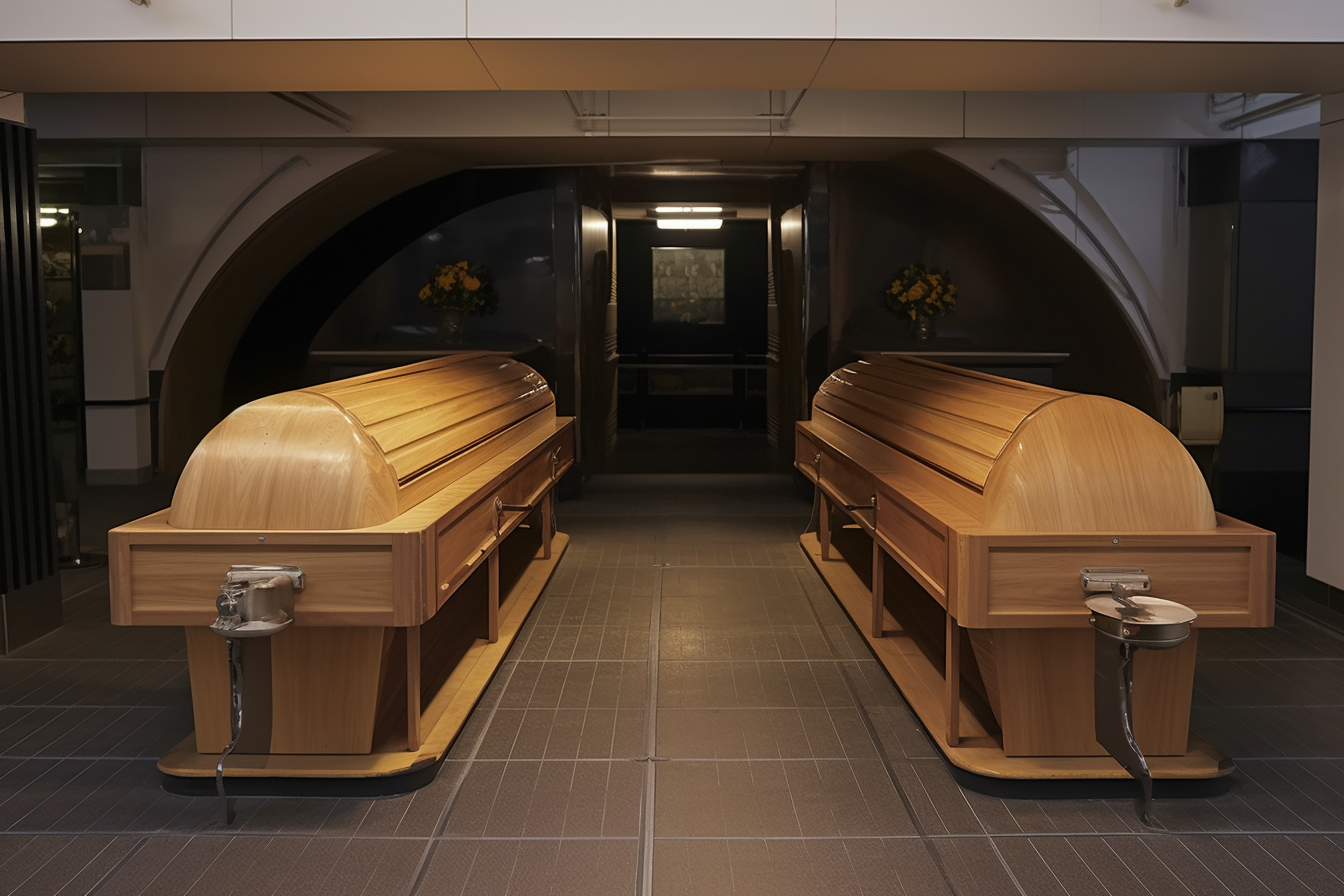Step-by-step overview of the cremation process in the United Kingdom 2025: preparations, procedures, and what to expect
Cremation is a common, regulated method for handling human remains in the United Kingdom. Understanding the legal steps, body preparation, cremation procedures and post-cremation arrangements can help families know what to expect and find reassurance during a difficult time and practical guidance.

Beginning with official documentation and approvals
In the UK, cremation cannot proceed without completing several legal and administrative requirements. Funeral directors collaborate closely with the deceased’s family to collect crucial paperwork including:
- A valid death certificate issued by a registered medical practitioner who attended the deceased during their last illness.
- Cremation permits, which now involve evaluation by medical examiners—a mandatory procedure introduced in September 2024.
The death certification system has undergone reforms to enhance transparency and accuracy. After the attending doctor submits a Medical Certificate of Cause of Death (MCCD), an independent medical examiner must review the certificate before cremation approval. This change ensures every death undergoes careful scrutiny, minimizing errors and maintaining public confidence.
Each deceased individual is assigned a unique identification tag along with a ceramic disc imprinted with a unique code, both of which accompany the body throughout the cremation process. This stringent tracking prevents any misidentification, assuring families receive the correct ashes.
Careful preparation of the body prior to cremation
Preparing the body involves several carefully performed steps designed to uphold respect and comply with safety regulations:
- Removal of medical devices such as pacemakers or insulin pumps that could pose hazards during cremation.
- Cleaning and grooming the deceased’s body, including gently closing the eyes, combing hair, and cleaning the mouth.
- Dressing the body in simple garments or gowns selected by the family, adhering to cremation safety guidelines (excluding materials like PVC).
- If wished, families may participate in dressing the deceased or placing small safe keepsakes with the body.
Embalming is generally unnecessary for cremation in the UK and only occurs upon family request. Every step is documented to maintain accountability and respect.
Handling and transport before the cremation
After a qualified professional (such as a GP, paramedic, or nurse) confirms the death, a funeral director discreetly collects the body from the place of death or mortuary. The body is then:
- Transported in a covered stretcher within a hearse or private ambulance.
- Stored in a temperature-controlled environment to preserve it properly until cremation.
These procedures guarantee dignified and professional care throughout all pre-cremation stages.
Purpose and requirements of the coffin
The deceased is placed in a coffin suitable for cremation, which serves several functions:
- Facilitates safe handling and containment during the cremation.
- Acts as fuel during the cremation process.
- Must meet regulatory standards, with problematic synthetic clothing or shoes removed beforehand.
Jewelry is commonly removed and either returned to the family or, if requested, cremated with the body (although most jewelry does not remain intact).
The cremation process within the crematorium
The actual cremation occurs in a specialized furnace known as a cremation chamber or retort. Key details include:
- Operating temperatures range from roughly 1,400 to 1,800 degrees Fahrenheit (760 to 980 degrees Celsius).
- The cremation process usually lasts between 90 minutes and 3 hours depending on factors such as bone density and medical history.
- The intense heat reduces the body to bone fragments in a controlled, dignified manner.
Modern crematoria incorporate advanced filtration systems to minimize environmental pollution, complying with stringent safety and cleanliness regulations.
Post-cremation handling of ashes
Once cremation is complete:
- The remaining bone fragments are carefully gathered and processed into ashes with a fine, sand-like texture.
- The average volume of ashes from a typical adult ranges from 3 to 4 pounds (around 1.4 to 1.8 kilograms).
- Ashes are placed into a temporary container or an urn selected by the family.
- The unique ceramic disc taken from the coffin accompanies the ashes as verification of identity and authenticity.
Families then decide whether to hold a memorial service, scatter the ashes, or keep them in a meaningful location.
Safeguards and legal protocols ensuring accuracy and dignity
In the UK, cremations are strictly limited to one body at a time. Identification tracking combines hospital-grade digital systems with physical identifiers like the ceramic disc. This careful tracking system:
- Prevents mix-ups or mistakes.
- Gives families confidence they will receive the correct ashes.
- Provides full transparency throughout the process.
Additionally, the recent reforms in death certification law require an independent medical examiner’s review, enhancing the integrity of cremation approvals.
Support and guidance for families after cremation
Funeral directors and cremation services assist families throughout the entire process by:
- Clarifying required documentation and associated timelines.
- Offering transparent explanations of each stage.
- Providing information on options for handling ashes and memorial services.
- Welcoming questions and respecting cultural or personal preferences.
A clear understanding of the procedures helps families find peace of mind during challenging times and supports dignified decision-making.
Cremation in the United Kingdom in 2025 is a transparent, carefully managed, and regulated process. Beginning from legal clearances and respectful body preparation through the cremation itself and the return of ashes, the emphasis remains on dignity, accuracy, environmental care, and family support.
Sources
- Pure Cremation: How is a body prepared for cremation?
- UK Government: An overview of the death certification reforms (August 2024)
- [Informational insights on modern cremation practices]
Disclaimer: Prices, regulations, and availability mentioned in related contexts often vary by location and service provider. Readers should verify specific requirements and options with local funeral directors or official sources in the United Kingdom.




